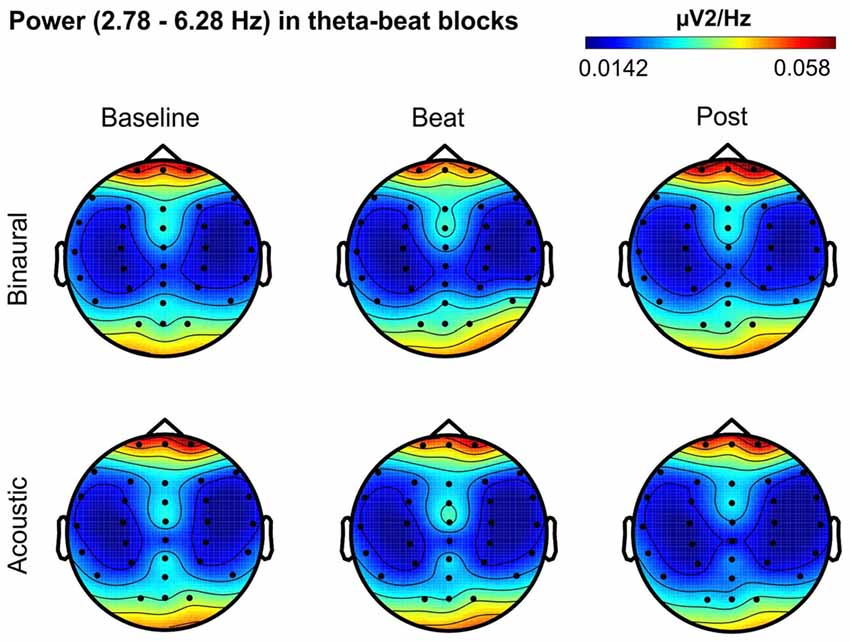Can you listen to binaural beats while meditating? The short answer is yes, you can. Binaural beats can serve as a valuable tool for those seeking to enhance their meditation practice. However, it is essential to approach this combination with mindfulness and understanding.
Creating the Right Environment
To fully benefit from the combination of binaural beats and meditation, it is important to create the right environment. Find a quiet space where you can relax and focus without distractions. Consider using headphones to ensure that the binaural beats reach each ear separately and create the desired effect.
Choosing the Right Binaural Beats
With a plethora of binaural beats available online, it is crucial to select the ones that align with your meditation goals. Different frequencies are associated with distinct mental states, so choose the ones that resonate with your intentions. For instance, if you seek relaxation, opt for beats with lower frequencies, while higher frequencies are more suitable for focus and concentration.
Finding Your Flow
When incorporating binaural beats into your meditation practice, it’s essential to remain open-minded and experiment. Everyone is unique, and what works for one person may not work for another. It may take some time to find the binaural beats that resonate with you and enhance your meditation experience. Allow yourself the opportunity to explore and discover what suits you best.
Balancing External Stimuli
While binaural beats can be a powerful tool for deepening meditation, it’s important to strike a balance between external stimuli and internal focus. It’s easy to become overly reliant on the beats and lose touch with the present moment. Remember that meditation is about connecting with your inner self and cultivating awareness. Binaural beats should complement this process, not overpower it.
How to Use Binaural Beats Optimally for Meditation
First things first, you will need some headphones for this exercise. The reason being is because we want the left and right earphones to be playing separate frequencies in order to create the binaural beat effect.
This process helps to synchronize your brainwaves and allows you to experience different mental and emotional states. Once you have your headphones, find an comfortable spot where you won’t be disturbed and sit or lie down in it.
Meditation and Calming Enhancement
Learning and Study Enhancement
Sleep and Deep Relaxation Enhancement
Concentration, Focus and Study Enhancement
Relaxation and Creativity Enhancement
Binaural beats can help people during meditation who get distracted by a constant stream of images, ideas, feelings, and internal conversations. This is a difficulty that many people experience when they are first learning to meditate. The binaural rhythms help to reduce this problem by moving the brainwave rates into the meditation range.
What are Binaural Beats and How Can They Help You?
Binaural beats are auditory processing artifacts, or differences in sound pressure, that are created when two different sounds of slightly differing frequencies are played into each ear. The brain then mixes the signals together creating a third binaural signal. This binaural beat is perceived by the listener as a distinct frequency.
Binaural rhythm are a type of brainwave entrainment that can be used to help you achieve different states of mind. They are a type of auditory illusion that can be used to induce different states of consciousness and influence the brain’s activity. By using binaural beats, you can enter into a state of deep meditation very quickly and easily.
The History of the Discovery of Binaural Beats
The history of the discovery of binaural beats is somewhat murky, but it is thought that they were first discovered in 1839 by Heinrich Wilhelm Dove. However, it wasn’t until 1973 that Dr. Gerald Oster published an article in Scientific American discussing the effects of binaural beats on human brainwaves.
Benefits
By creating different frequencies in each ear, binaural rhythm can be used to create an effect called entrainment, which is said to help improve focus, creativity and meditation. Some studies also suggest that listening to binaural beats may have positive effects on cognitive function.
It’s also been suggested that stress audio can help people relax and fall asleep more easily. Though some research supports these claims, more studies are needed to determine whether or not binaural rhythm has any long-term effects.
Breathing Technique
There are many ways to use breathe during binaural meditation. One way is to count your breaths. Another way, which I find more helpful, is to connect the breath with the beat.
For example, when you hear a bass note in the music, exhale; when you hear a higher pitched note, inhale. This will help keep your breathing and heart rate in sync with the beat of the music
There is still much research to be done on the effects of binaural beats, but some preliminary results are promising. It seems like there’s potential for binaural rhythm to provide a range of benefits for humanity.
Conclusion
The answer to whether you can listen to binaural beats while meditating ultimately depends on personal preference and the individual’s meditation goals. Some people find that binaural beats complement their meditation practice and enhance their overall experience. Others, however, prefer to meditate in silence or with more traditional forms of meditation music. It’s important to experiment and find what works best for you.







Leave a comment
Your email address will not be published. Required fields are marked *